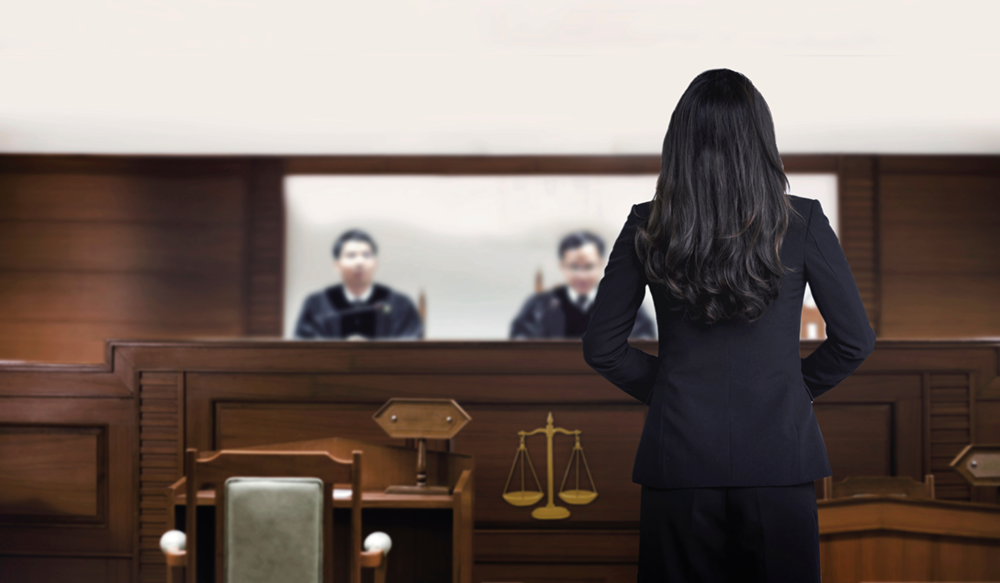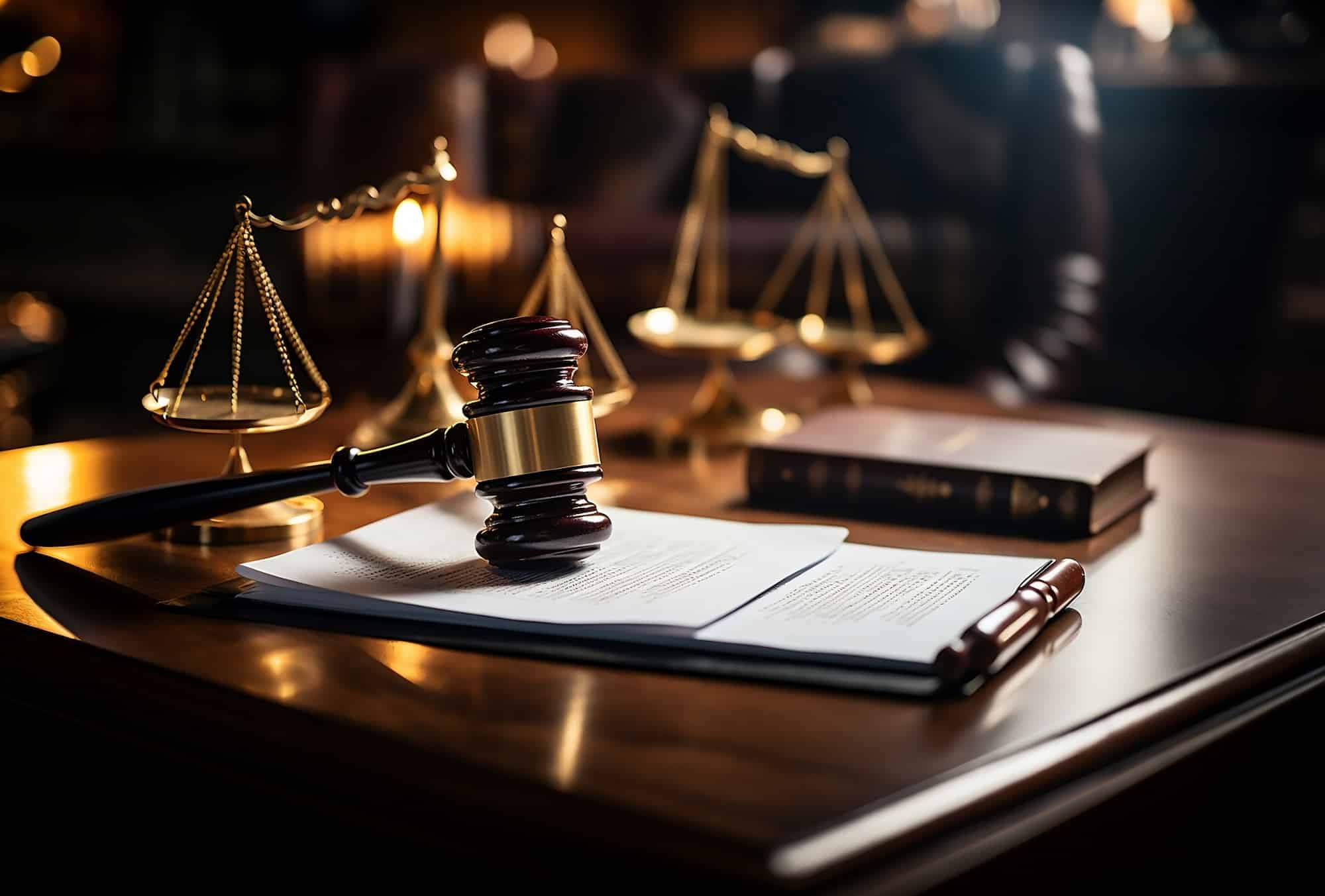Browsing the Intricacies of Trial Presentations: Tips for Seamless Distribution and Compelling Disagreements
In the world of lawful procedures, the art of test presentation stands as a vital determinant of success. As lawyers navigate the complex web of courtroom dynamics, the ability to flawlessly supply arguments and proof while mesmerizing the jury's attention becomes paramount. The intricacies inherent in trial presentations need a delicate balance of skill, technique, and skill. By refining methods that ensure a refined distribution and crafting engaging debates that reverberate with the audience, attorneys can dramatically boost their campaigning for. In a globe where persuasion reigns supreme, mastering the ins and outs of trial discussions is not just an alternative yet a requirement for those seeking to dominate in the court room.

Understanding Test Goals
To effectively navigate a trial, it is critical to have a clear understanding of the objectives that need to be accomplished. Before entering the court, legal teams should specify their goals and wanted results. These purposes offer as leading concepts throughout the trial, forming methods and affecting decision-making procedures.
Recognizing test objectives includes an extensive analysis of the instance, legal criteria, and the customer's best interests. Trial Presentations. It calls for a meticulous assessment of the facts, determining key issues, and expecting potential challenges. By establishing certain and quantifiable objectives, attorneys can customize their presentations and disagreements to straighten with the wanted outcomes
Moreover, a clear grip of test objectives makes it possible for lawful teams to prioritize evidence, witnesses, and legal arguments effectively. It permits for the development of a coherent narrative that reverberates with the judge and court, strengthening the general case presentation.

Organizing Proof Effectively
Having a clear understanding of test goals lays the foundation for arranging evidence successfully in lawful process. By aligning the presentation of proof with the preferred results of the test, lawful groups can reinforce their disagreements and improve their persuasiveness.
Another crucial element in arranging evidence successfully is developing a rational circulation. Providing proof in a sequential and coherent fashion can help build an engaging story that supports the lawful disagreements being made. Furthermore, using visual aids such as timelines, graphs, or charts can better improve the organization of evidence and assist in making clear complex connections or series of events.
In addition, ensuring that all proof offered is admissible and appropriate to the instance is necessary. Inadmissible or irrelevant evidence can interfere with the strength of the disagreement and potentially hurt the integrity of today party. Consequently, a thorough testimonial and selection process must be taken on to include just the most impactful and legitimately sound evidence in the trial discussion.
Crafting Persuasive Narratives
Crafting compelling stories plays a crucial Check This Out duty in offering persuasive debates during lawful proceedings. When creating a story for a trial discussion, it is necessary to develop a clear storyline that highlights essential factors and links them in a coherent way. By weaving with each other evidence, testimony, and lawful arguments right into a cohesive and convincing story, legal experts can effectively support for their customers and raise the chance of a desirable published here end result in the courtroom.
Mastering Visual Help
Effective usage of aesthetic help is crucial to boosting the impact and quality of trial discussions. Aesthetic help, when used tactically, have the power to streamline intricate details, strengthen vital points, and leave a long-term impact on the court and court. To master visual help in trial discussions, it is important to make sure that they are clear, succinct, and relevant to the disagreements being made.
When integrating aesthetic help, such as graphes, photos, charts, or timelines, right into a trial presentation, it is important to maintain them aesthetically appealing yet expert. The visuals must match the spoken debates, giving a graph of the information being talked about without overwhelming the audience with unnecessary information.
Moreover, experimenting the aesthetic aids ahead of time is vital to guarantee a seamless delivery during the trial. Familiarizing oneself with the material, shifts, and timings of each aesthetic aid can aid preserve the flow of the presentation and stop technical problems that might develop.
Delivering Impactful Closing Disagreements
An engaging closing argument offers as the culmination of a trial discussion, enveloping the core story and persuading the judge and court towards a desirable choice. Begin by describing the primary disagreements that sustain your customer's why not look here position, emphasizing why the evidence presented throughout the trial supports your story.
Additionally, including psychological charm can even more reinforce your closing disagreement. Eventually, a well-crafted closing argument must leave a lasting perception, engaging the judge and court to rule in your client's favor.
Conclusion
In conclusion, grasping test presentations entails comprehending goals, organizing evidence, crafting stories, making use of visual aids, and providing impactful closing debates. By carrying out these strategies successfully, attorneys can offer their case seamlessly and make engaging disagreements in the court. It is vital to navigate the complexities of test presentations with precision and skill to accomplish success in legal procedures.
By straightening the discussion of proof with the wanted end results of the trial, legal teams can reinforce their arguments and enhance their persuasiveness (Trial Presentations). To master visual aids in trial discussions, it is important to make sure that they are clear, succinct, and pertinent to the disagreements being made
An engaging closing disagreement serves as the culmination of a test presentation, encapsulating the core story and convincing the court and jury in the direction of a desirable decision. Begin by outlining the primary disagreements that support your customer's position, highlighting why the proof presented throughout the trial sustains your narrative.In verdict, grasping trial discussions involves recognizing objectives, organizing proof, crafting narratives, making use of aesthetic help, and delivering impactful closing arguments.